
How to change password on Windows 11, even if you forgot it
This guide covers all the ways to change a Windows 10 password in any situation — Admin, standard user, forgotten password, or lockout.
Top Solution: If you've lost your login entirely, Appgeeker Windows Password Recovery is a convenient tool that allows you to reset and change a forgotten password directly from Windows 10 lock screen, supporting both local and Microsoft user accounts.

Changing a password on Windows 10 is quite simple, even without knowing the current login details.
Using a strong, complex password is one of the best ways to keep your Windows 10 system secure. Typically, you can easily change password on Windows 10 through the Settings app if you remember your current login credentials. However, if you forgot your Windows 10 password, some extra steps are required to reset it.
Whether you're already signed in or locked out of your computer, this guide will walk you through all reliable methods to change a Windows 10 password — for both local and Microsoft accounts, and for administrator or standard users alike.
From a quick password change in Windows 10 Settings to full reset options for either account type, let's explore each method step by step.
Table of Contents
For security and privacy, Windows 10 lets you change your password anytime if you're able to verify your current login credentials.
If you remember the current password on your Windows 10, changing it is quick and effortless through the Settings app.
1. Sign in to your Windows 10 using the current password.
2. Press Win + I to open Settings app. You can also access Settings from Windows Start menu.
3. Select Accounts and go to Sign-in Options on the left sidebar.
4. Check Password and click the Change button.
5. Enter the current password to verify your identity.
6. Enter a new password and enter it again to confirm. If necessary, add a password hint.
7. Click Next to complete.

The Windows 10 system will change your password immediately. After that, you can use the new password to log in and access your account.
Alternatively, if you're already signed in with an administrator account, you can easily change the password on Windows 10 by pressing the Ctrl + Alt + Delete buttons simultaneously:
1. Log in to the administrator account on your Windows 10.
2. Press Ctrl + Alt + Delete on your keyboard at the same time.
3. On the next blue screen, select Change a password from the menu.
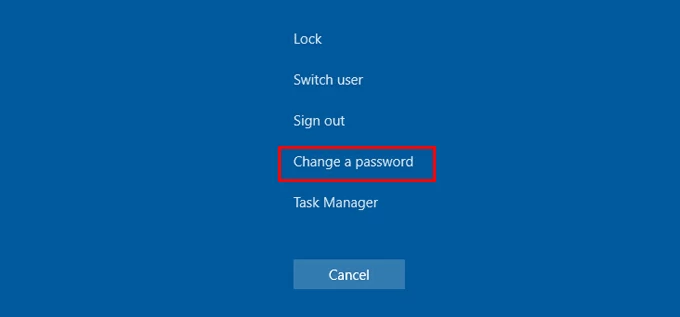
4. Enter your old password for verification.
5. Type a new password and re-enter it to confirm.
6. Hit Next or press Enter the save the password change on Windows 10.
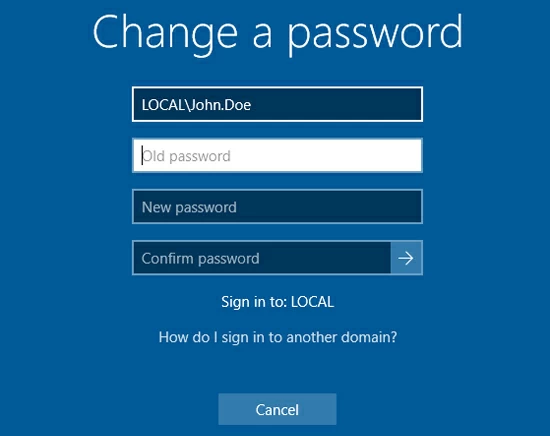
Once done, you can unlock your Windows 10 using the new password.
There are several ways to change a forgotten password on Windows 10, even if you're already locked out. The method depends on which type of account you use on your PC or laptop:
If neither method works, Appgeeker Windows Password Recovery supports both Microsoft and local accounts to change a password on Windows 10 lock screen directly and safely.
When you're stuck on Windows 10 lock screen and can't remember the correct password, Appgeeker Windows Password Recovery can help. It's a lightweight yet powerful tool designed for direct password change on Windows 10 login screen — even if you forgot the original one.
This software works for both local and Microsoft user accounts. Whether you're using an administrator, standard, or guest account, it lets you reset and change your forgotten Windows 10 password and regain access to your PC or laptop quickly and easily.
It doesn't require any technical expertise and won't erase any existing data on your computer. Simply follow the clear, step-by-step on-screen instructions to change your Windows 10 password and get back into your system effortlessly.
What you'll need:
Step 1. Launch Appgeeker Windows Password Recovery.
On the accessible computer, install and open Appgeeker Windows Password Recovery and click Start to begin. It perfectly works on all brands of PC & laptop, such as Dell, ASUS, Sony, IBM, Lenovo, HP, Acer, and more.
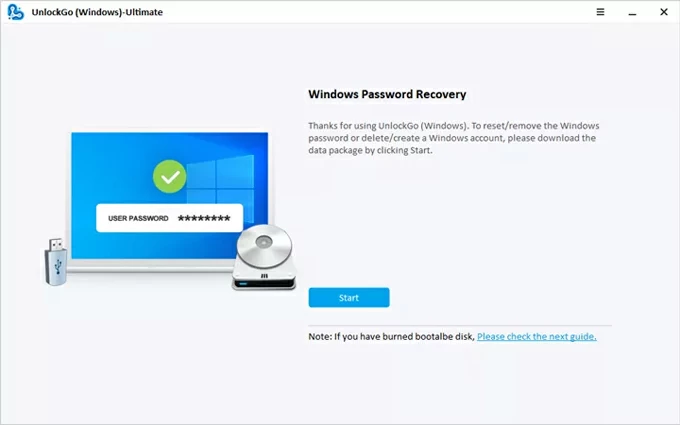
Step 2. Create a password reset disk to change Windows 10 logins.
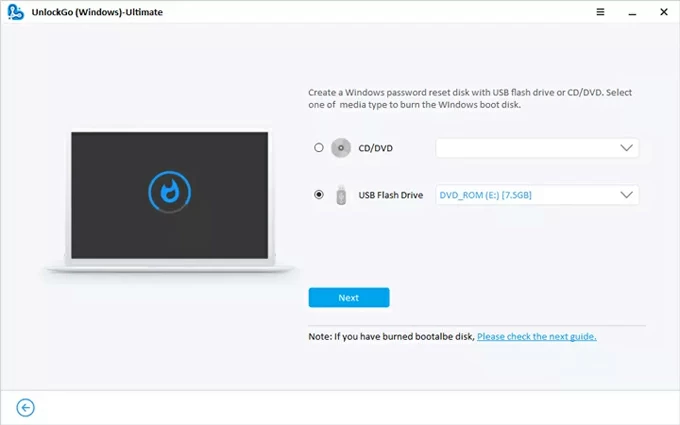
Note: Creating a reset disk will format the selected drive. Be sure to use a blank device or back up any important data beforehand.
Step 3. Boot your Windows 10 from the password reset disk.
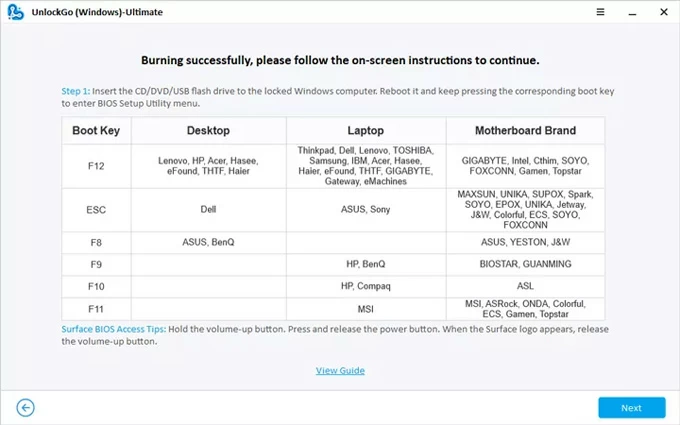
If you have no idea on how to change the boot order, check the links below carefully.
Step 4. Change the Windows 10 password on your computer.

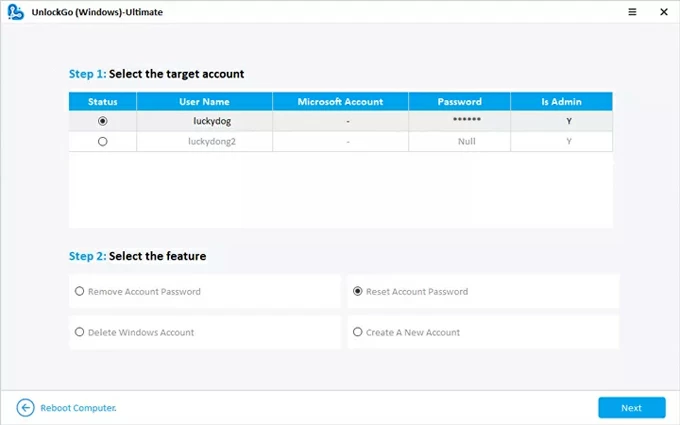
After changing the password, remove the reset disk and restart your PC. You can now log in to Windows 10 with the new password — no data loss or technical setup required.
If you're locked out of your Windows 10 system but the computer is linked to your Microsoft account (you sign in with an email address), you can easily change your password online via Microsoft Account Recovery page when you forgot the current logins.
Ensure your PC or laptop is still connected to a Wi-Fi network. Here's how to change computer password on Windows 10 when using a Microsoft account:
1. At the login screen on Windows 10, enter any random password and press Enter to activate the I forgot my password link. Or, you may select Sign-in options and then choose Web sign-in.
2. Click I forgot my password link and check Forgot password? in the pop-up window. If you're required to enter PIN, select Use your password instead to proceed.
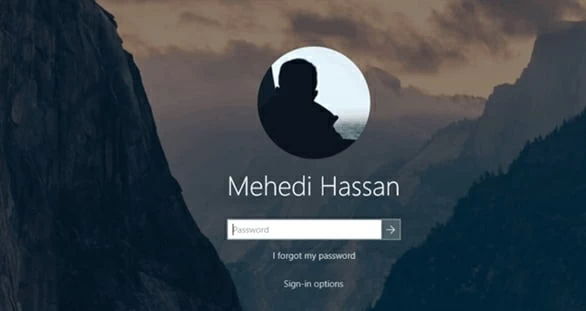
3. In Verify your identity screen, enter an email address or phone number associated with your Microsoft account.
4. Click Get code to receive a security code from Microsoft.
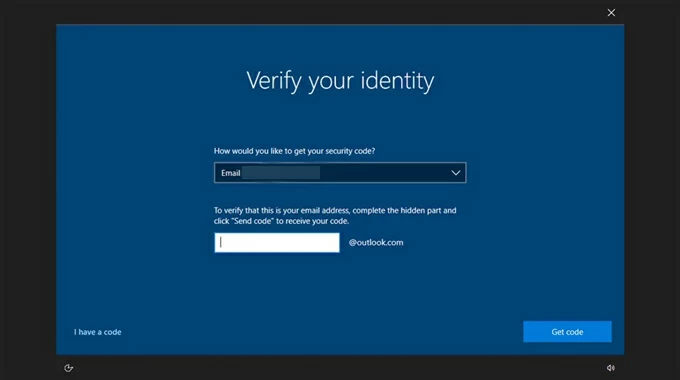
5. Enter the code sent to your recovery email or phone number.
6. After verification, create a new password and confirm it by entering it again.
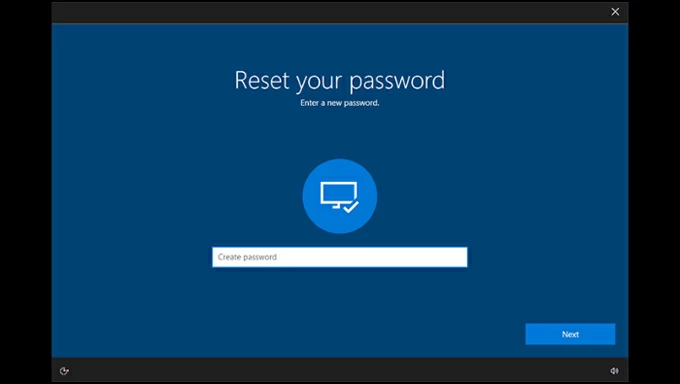
Once the password is changed successfully, use the new login to get back into Windows 10.
1. On another accessible computer or device, open a web browser and go to the Microsoft Account Password Reset page.
2. Enter your Microsoft account email address and click Next.
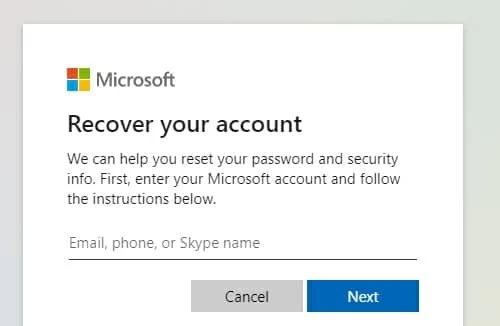
3. Verify your account by a recovery email, phone number, or Skype name associated with your Microsoft account.
4. Enter the characters you see and check Next button.

5. Receive a verification code using a recovery email or text message.
6. Enter the code correctly and hit Next so that Microsoft can verify your identity.

7. Create a new password and re-enter it to confirm, then click Next.
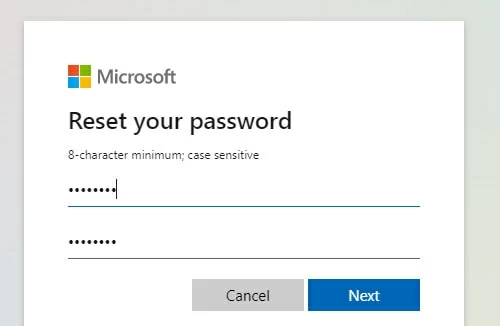
The password change will automatically apply to the Windows 10 PC that's connected to your Microsoft account. You can use the new password next time when you sign in.
For local account users to change a password on Windows 10, the process usually requires a pre-created password reset disk or pre-configured security questions. If you don't have any of these, consider logging in with another Administrator account for password reset.
On Windows 10 versions 1803 and later, you can change your password directly from the lock screen by answering security questions. This option is available only if you set up security questions when the account was created.
Steps for Windows 10 password change via Security questions:
1. On Windows 10 sign-in screen, enter an incorrect password multiple times until the Reset password link appears.
2. Click Reset password and Windows 10 will display the security questions.

3. Answer each security question correctly to verify your identity.
4. Once verified, you'll be prompted to create a new password.
5. Enter a password and type it again to confirm the change.

After the password has been changed successfully, use the new credentials to sign in and regain access to your Windows 10 local account.
If you didn't set up security questions, using a previously-created password reset disk can help change the password on Windows 10 without login — even if you've forgotten the original credentials and been locked out.
1. On Windows 10 login screen, enter any incorrect password to trigger the Reset password link.

2. Click the Reset password link and you'll see a Password Reset Wizard window.
TIP: If you're on security questions screen, click Use a password reset disk instead option at the bottom.
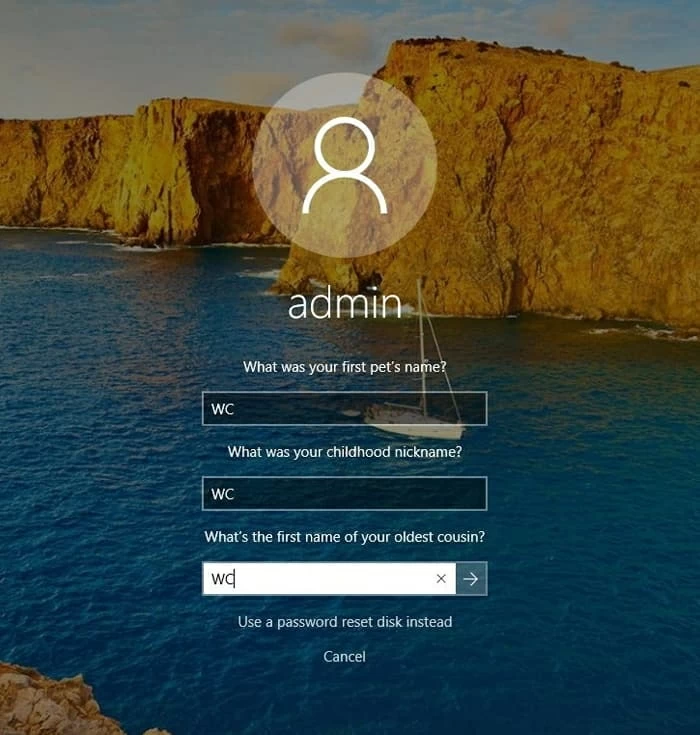
3. Insert the Windows 10 password reset disk into your PC or laptop.
4. Select your reset disk from the drop-down menu and click Next.
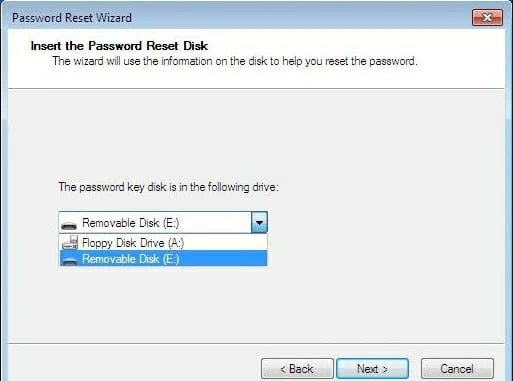
5. Type a new password and type it again to confirm. If needed, add a password hint as you like.
6. Click Next > Finish to complete the password change for your Windows 10 PC.

After that, remove the reset disk and return to the login screen. Then enter the new password to unlock your Windows 10.
Alternatively, if you can sign in with another account that has Administrator privilege, try using Command Prompt to change the current password for a Windows 10 local account user.
1. Log in to with another Administrator account. Log in to Windows 10 with another Administrator account.
2. Open Command Prompt as an Administrator. Open the Start menu and search for cmd, then press the Enter key to open it.
3. Check your username. In the Command Prompt window, type net user and press Enter to see a list of all user accounts on this computer.
4. Change Windows 10 password.
Type net user [username] [newpassword] and press Enter.
Make sure to replace [username] with the account that you want to change the password for, and replace [newpassword] with a password you'd like to use. For instance:
net user [appgeeker] [123456]

5. Log in with the new password. Close the Command Prompt window and sign out. Then select the target account in the bottom-left corner of login screen, and enter your new password to get back in.
Changing a Windows 10 password is straightforward if you remember your current login details. Even if you've forgotten your password, there are still ways to reset it and regain access to your PC or laptop. Here are some practical tips to help you manage and change your Windows 10 password effectively:
Create a strong yet memorable password. Choose something that's easy for you to recall but difficult for others to guess.
Enable Windows Hello for quicker login. Using options like a PIN, fingerprint, or facial recognition lets you access Windows 10 without having to type a password.
Generate a password reset disk. This provides a simple way to recover your Windows 10 password if you forget it in the future.
Add password hints or update security questions. These options can assist you in resetting your password if needed.
Link your computer to a Microsoft account. This allows you to change or reset your password online at any time and update the new login password with your Windows 10.
Use a trusted recovery tool when locked out. To change a forgotten Windows 10 password, tools like Appgeeker Windows Password Recovery can help bypass the forgotten password and create a new one directly from the Windows 10 lock screen.